Connecting to a projector or TV wirelessly
I'm in the middle of putting together my first ever presentation and I can't seem to get it to show on the projector. I'm using a Macbook Pro and an HDMI adapter. What am I doing wrong?
Image source: https://www.homedepot.com/
In order for your Macbook Pro to display on your projector, you will need an HDMI-compatible cable that connects your laptop to the projection device.
Image source: https://www.dell.com/
More specifically, you will need a DisplayPort or MiniDisplayPort connector on one end and either a VGA or HDMI connector on the other end; this is where you'll plug in your adapter as well.
Image source: https://www.optoma.com/
The difference between these connectors is that VGA and MiniDisplayPort can both display standard DVI (for analog display devices, like old monitors) and HDCP for high-definition digital formats. HDMI can only do 1080p, whereas DisplayPort can do 4K resolution.
Image source: https://www.croma.com/
In order to understand the difference between these connections, you first need to understand how your laptop's data cable works.
Image source: https://na.panasonic.com/
You've probably noticed that when you connect your computer to a projector or other video device, it will often display a USB connection icon on the taskbar.
Image source: https://www.lg.com/
This icon shows that your computer has detected an incoming video signal over USB. This article is about how to connect your laptop to your projector. Laptops have become the preferred device for many people who want a portable computer that isn’t limited by the size of its screen.
Image source: https://pro.sony/
However, a laptop screen can only be as large as the device’s physical dimensions, which means it can be very difficult and inconvenient to share what you see on your laptop with others in front of a larger screen.
Image source: https://epson.com/
In this article I go over some options for connecting your computer wirelessly and other options which either require additional hardware or more complicated set-up.
Image source: https://www.walmart.com/
Wireless means that you’ll need to purchase a wireless adapter and then directly connect your laptop to the projector (or TV).
Image source: https://www.ebay.com/
It is recommended that you use a wireless connection because it makes it easier for you to move around and there aren’t cables getting tangled as you move.
Image source: https://protechprojection.com/
Even if your laptop has an Ethernet port, avoid using that option if possible because Ethernet connections are much slower than the speed of most Wi-Fi connections.
Image source: https://www.amazon.com/
Even though your laptop might be capable of providing high-definition video via HDMI, consider connection over Wi-Fi if possible because it will ensure smooth, blur-free playback. Step 1: Make sure your laptop is plugged in to the power cord and use a nearby outlet.
Image source: https://justinrange.com/
Step 2: Turn on your laptop.Step 3: Press the ‘Fn’ key and simultaneously press the ‘F5’ key. Step 4: Your desktop is now projected onto the screen. Step 5: Release the keys when you are ready to turn off your screen, projector, and laptop!
Image source: https://www.homedepot.com/
Phew! You did it! You should now be able to project what's on your computer screen onto a big-screen TV or any other large projection surface through a "projector.
Image source: https://www.dell.com/

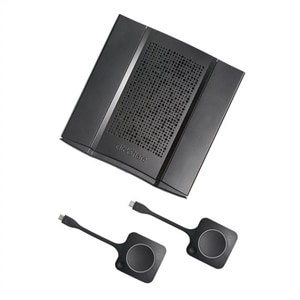


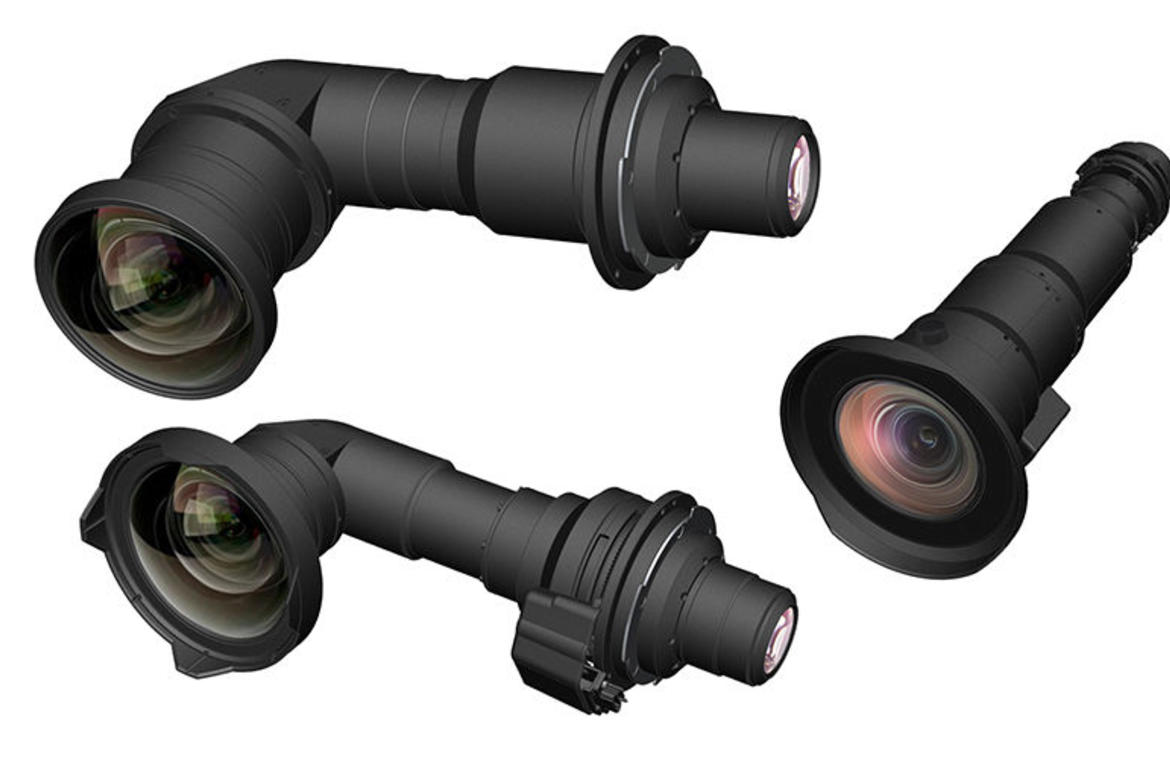
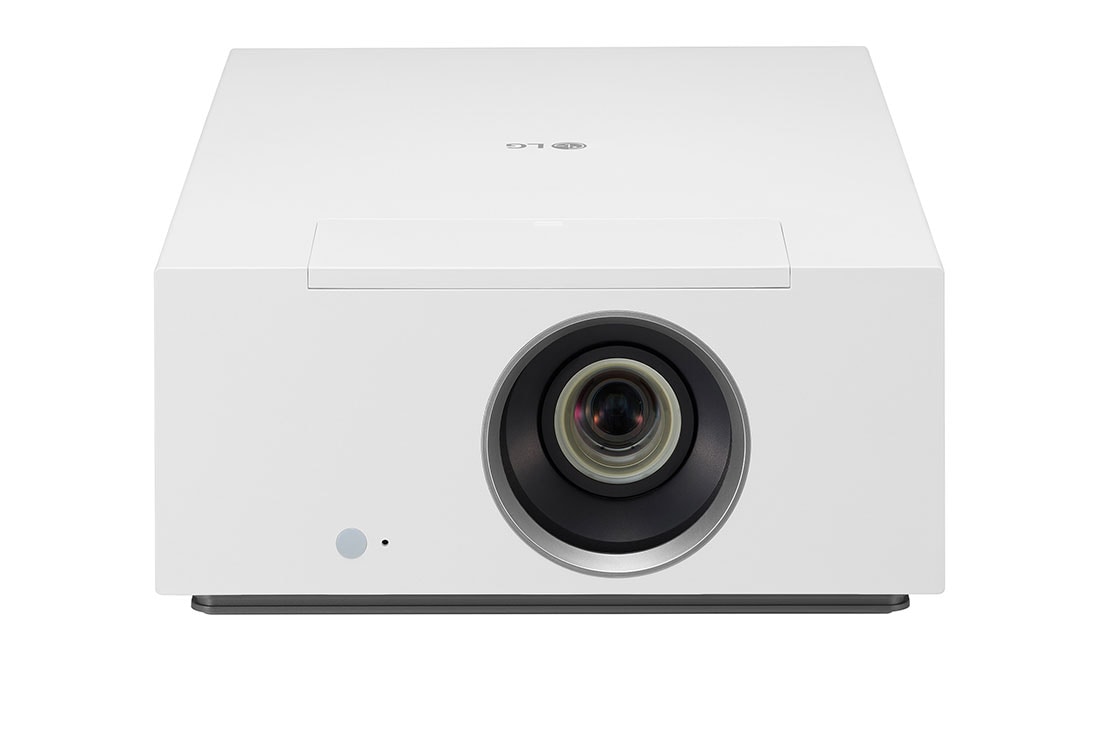

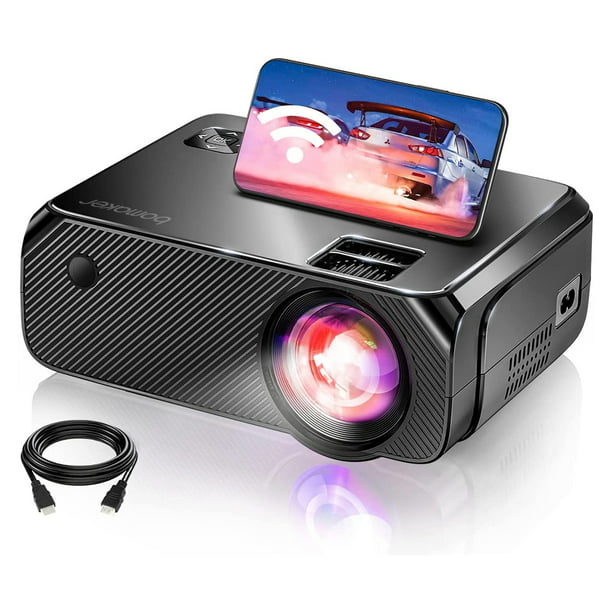





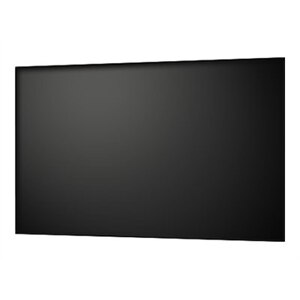
Comments
Post a Comment